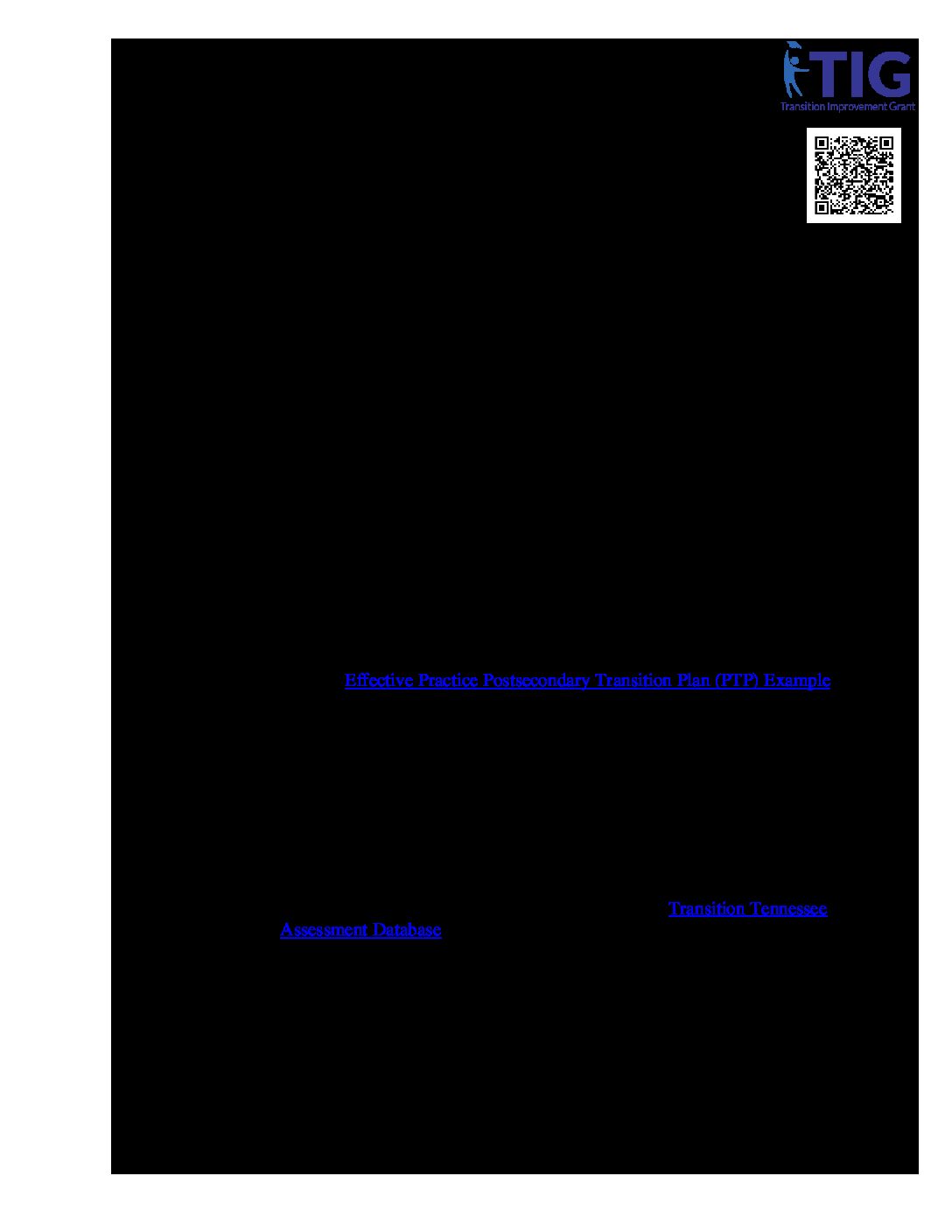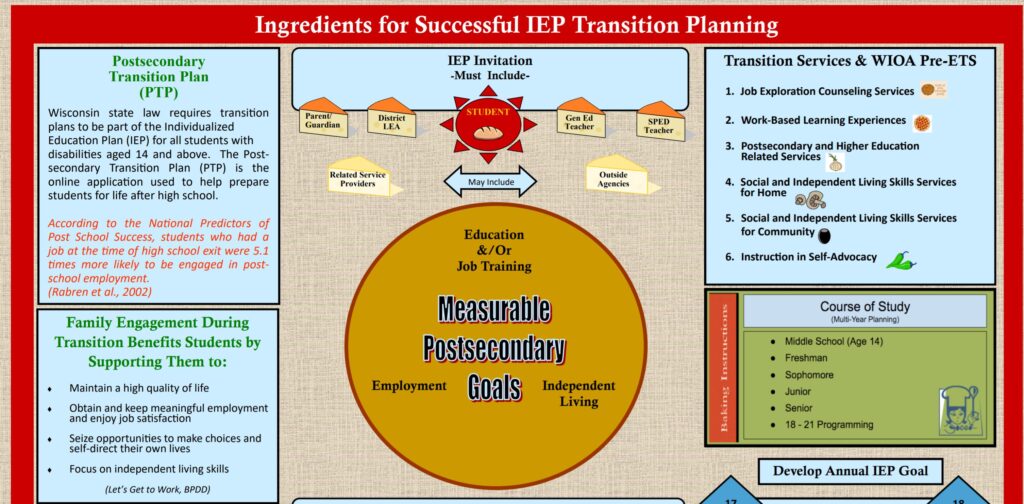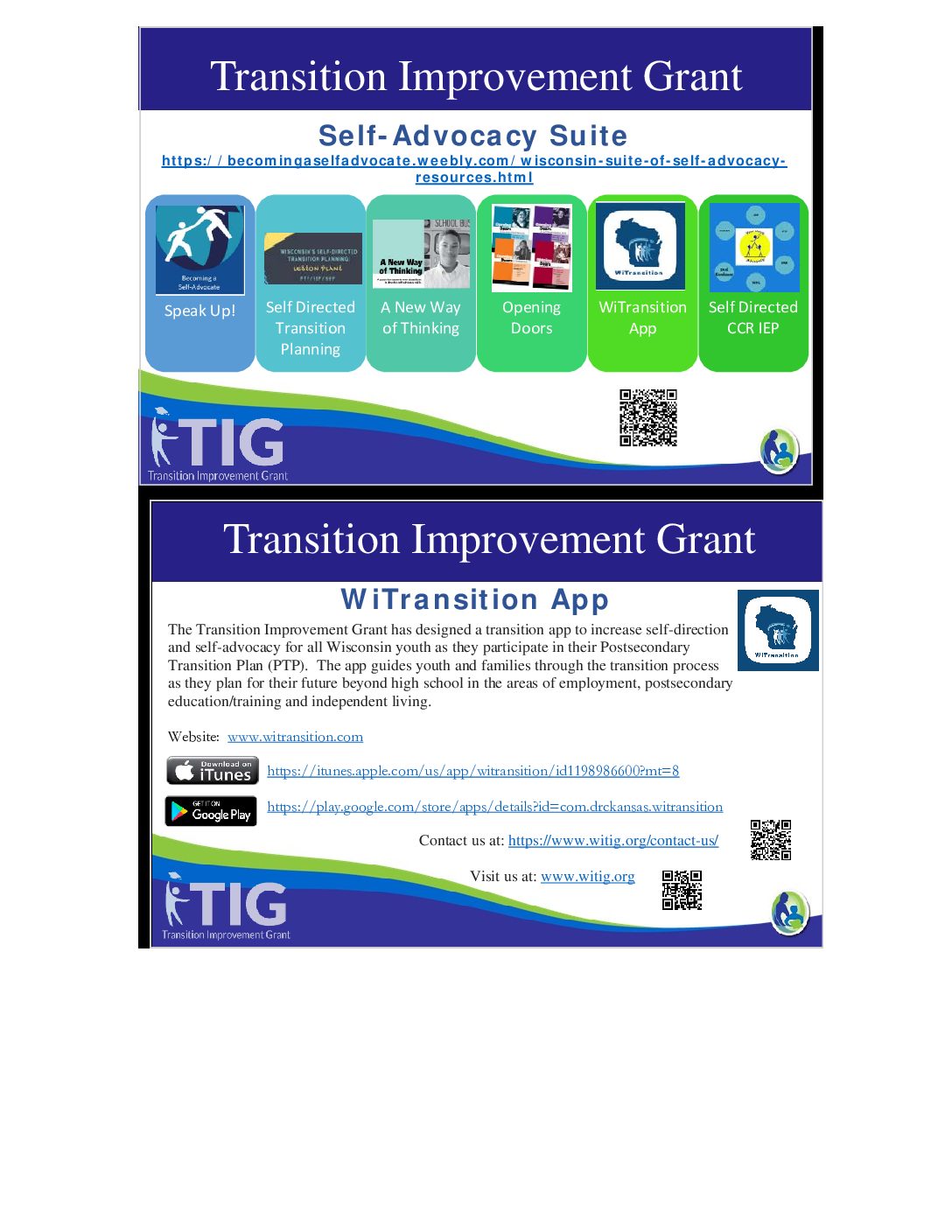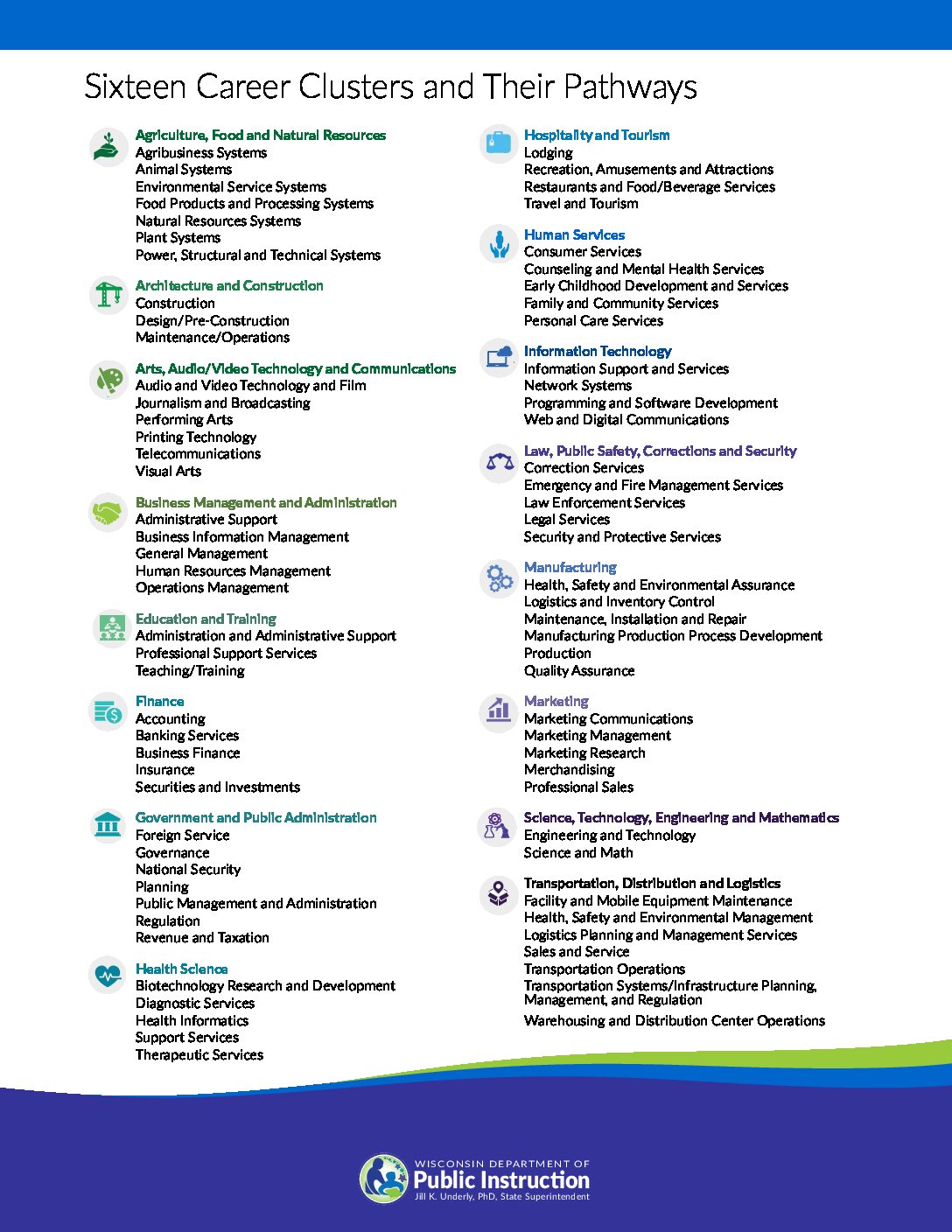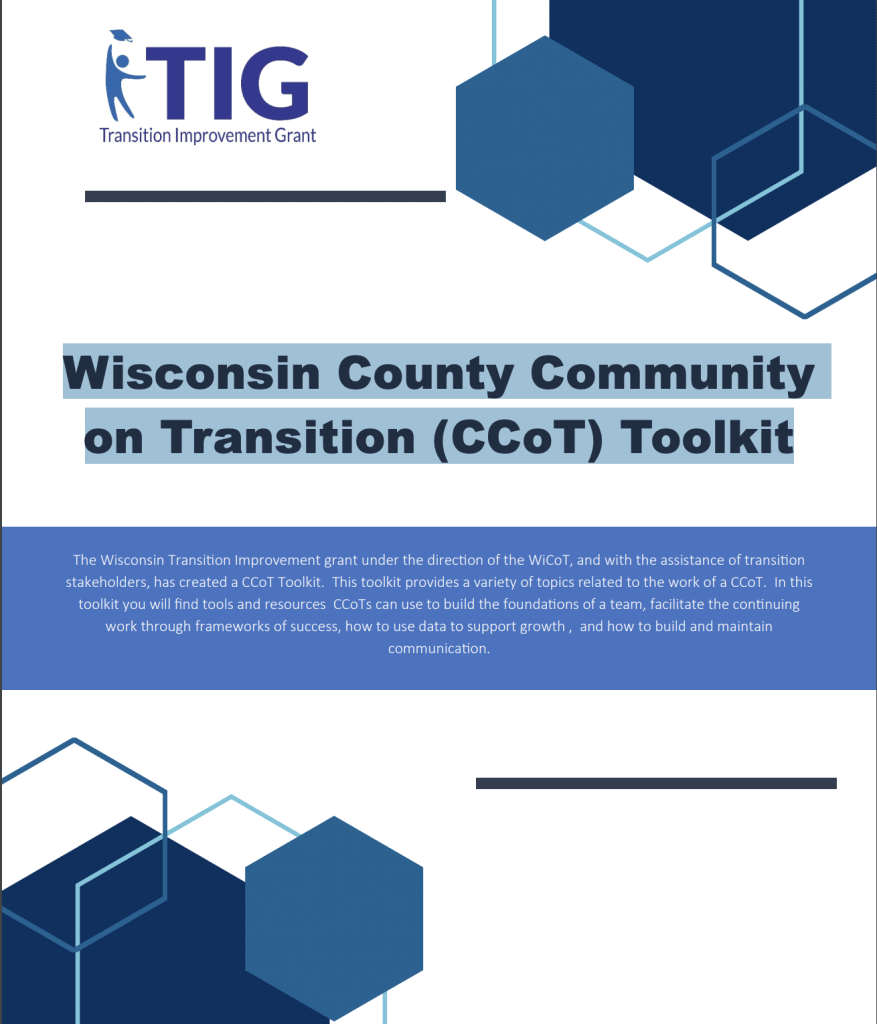Resources
Developing Meaningful Independent Living Goals as an IEP Team
Content Areas Best Practices, Indicator 13 - Postsecondary Transition Plan
Resource Type Document
The Measurable Postsecondary Goal in the area of Independent Living Skills should be developed based on results of the most current age appropriate transition assessment. It is important that the entire IEP team has input in determining if the child needs independent living goals. Regardless of the type of disability the student has, independent living goals may be necessary to live as independently as possible once the student graduates from high school.
Ingredients for Successful IEP Transition Planning – Pizza Placemat
Content Areas Best Practices, Indicator 13 - Postsecondary Transition Plan
Resource Type Document
This resources shows a visual outline of the PTP process and provides additional resources. Wisconsin state law requires transition plans to be part of the Individualized Education Plan (IEP) for all students with disabilities aged 14 and above. The Postsecondary Transition Plan (PTP) is the online application used to help prepare students for life after high school.
Self Advocacy Suite Postcard
Content Areas Self Advocacy
Resource Type Document
This postcard highlights the Self-Advocacy Suite on the TIG website, including Speak Up!, Self- Directed Transition Planning, A New Way of Thinking, Opening Doors, WiTransition App and Self Directed CCR IEPs.
Sixteen Career Clusters and Their Pathways
Content Areas Indicator 13 - Postsecondary Transition Plan
Resource Type Document
This resource outlines the 16 career clusters and displays the pathways. These align with the Department of Public Instruction and the Postsecondary Transition Plan (PTP).
ANTS Song
Content Areas Self Advocacy
Resource Type Link
This song about ANTS (Automatic Negative Thoughts) is a companion piece to the New Way of Thinking program.
411 on Disability Disclosure
Content Areas Indicator 13 - Postsecondary Transition Plan, Self Advocacy
Resource Type Link
The 411 on Disability Disclosure: A Workbook for Youth with Disabilities is designed for youth and adults working with them to learn about disability disclosure. This workbook helps young people make informeddecisions about whether or not to disclose their disability and understand how that decision may impact their education, employment, and social lives. Based on the premise that disclosure is a very personal decision, the Workbook helps young people think about and practice disclosing their disability.
Wisconsin County Community on Transition (CCoT) Toolkit
Content Areas County Communities on Transition (CCoT)
Resource Type Document
In this toolkit you will find tools and resources CCoTs can use to build the foundations of a team, facilitate the continuing work through frameworks of success, how to use data to support growth, and how to build and maintain communication.
TIG Self-Advocacy Suite
Content Areas Self Advocacy
Resource Type Video
Family Engagement Supporting Graduation
Content Areas Best Practices, Indicator 1 & 2 - Graduation and Dropout Rates
Resource Type Video
Wisconsin as a Village of 100
Content Areas Indicator 1 & 2 - Graduation and Dropout Rates, Indicator 13 - Postsecondary Transition Plan, Indicator 14 - Post School Outcomes
Resource Type Video
Speak up for yourself!
Content Areas Indicator 13 - Postsecondary Transition Plan, Self Advocacy
Resource Type Video
Guide to Wisconsin’s Child Labor Laws – for all youth under 18 years of age
Content Areas Indicator 13 - Postsecondary Transition Plan
Resource Type Document
This guidance document has been produced by a team from the Wisconsin Department of Workforce Development (DWD) and the Department of Public Instruction (DPI) to assist schools and employers who hire youth. This guide does not constitute a legal document which can be asserted as evidence in a court of law. Rather it is intended to provide assistance for those with common questions about interpreting the child labor law statutes and administrative regulations.
WiTransition App: Tips for Use
Content Areas Indicator 13 - Postsecondary Transition Plan, Self Advocacy
The WiTransition App is an app to assist students and their families in planning for the student’s future in a fun and engaging way. Using this app puts the student first in planning their future, while practicing self - advocacy and self - determination skil ls. The app mirrors the Postsecondary Transition Plan (PTP) in the IEP . W hen completed, it will provide a downloadable report the student can use during their IEP meeting . This report can also be used by the IEP team to create the PTP.
Self Advocacy Suite Overview – Showcase 1
Content Areas Self Advocacy
Resource Type Video
This is the first video for the Self Advocacy Showcase series. It provides an overview of the Suite, as well as recent revisions and enhancements.
Summary of Performance: Student and Teacher Collaborative Sample
Resource Type Document
This is an example of a student and teacher collaboration to complete the Summary of Performance. This document is intended to be completed by the student AND teacher together.
Graduation Rate Improvement Plan (GRIP): Research Support and Resources
Content Areas Indicator 1 & 2 - Graduation and Dropout Rates
Resource Type Document
The Graduation Rate Improvement Plan: Research Support and Resources guide is designed to be an interactive tool that provides teams access to updated research relating to dropout prevention as well as direct access to evidence based practices, applicable tools, and examples from the field. This resource was created to enhance the use of the Wisconsin Graduation Rate Improvement Plan (GRIP) tool created by the Transition Improvement Grant. Each section in this resource correlates with the sections within the GRIP.
Paraprofessional – Informational Interviews
Resource Type Video
Self Advocacy – WI Self Directed Transition Planning: Lesson Plans
Content Areas Self Advocacy
Resource Type Video
Self-Advocacy Suite: Utilizing the Student Self Assessment
Content Areas Self Advocacy
Resource Type Video
This showcase will outline the importance of the student's self assessment within the Self Advocacy Suite, as well as how to utilize it to promote success and helping students identify their self advocacy skills throughout the transition planning process to reach post secondary goals.
Self Advocacy Suite: Student Led IEPs
Content Areas Self Advocacy
Resource Type Video
This showcase will define and provide planning considerations for implementing student-led IEPs. Throughout the self-advocacy showcase video series, we have showcased each of the curricula and our tools and resources within the suite. It is important to review these previous showcase videos to gain understanding and background knowledge of the suite and how it can be utilized to support student-led IEPs by increasing student self-advocacy and self-determination skills throughout the transition planning process, and ultimately to reach postsecondary goals.


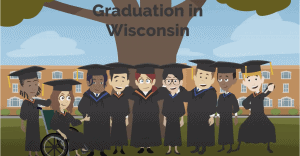

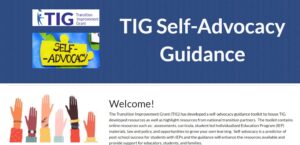 TIG Self-Advocacy Guidance Google Site
TIG Self-Advocacy Guidance Google Site 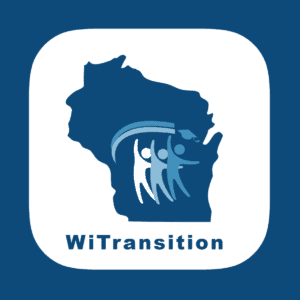
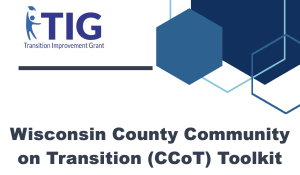 Wisconsin County Community on Transition (CCoT) Toolkit
Wisconsin County Community on Transition (CCoT) Toolkit 